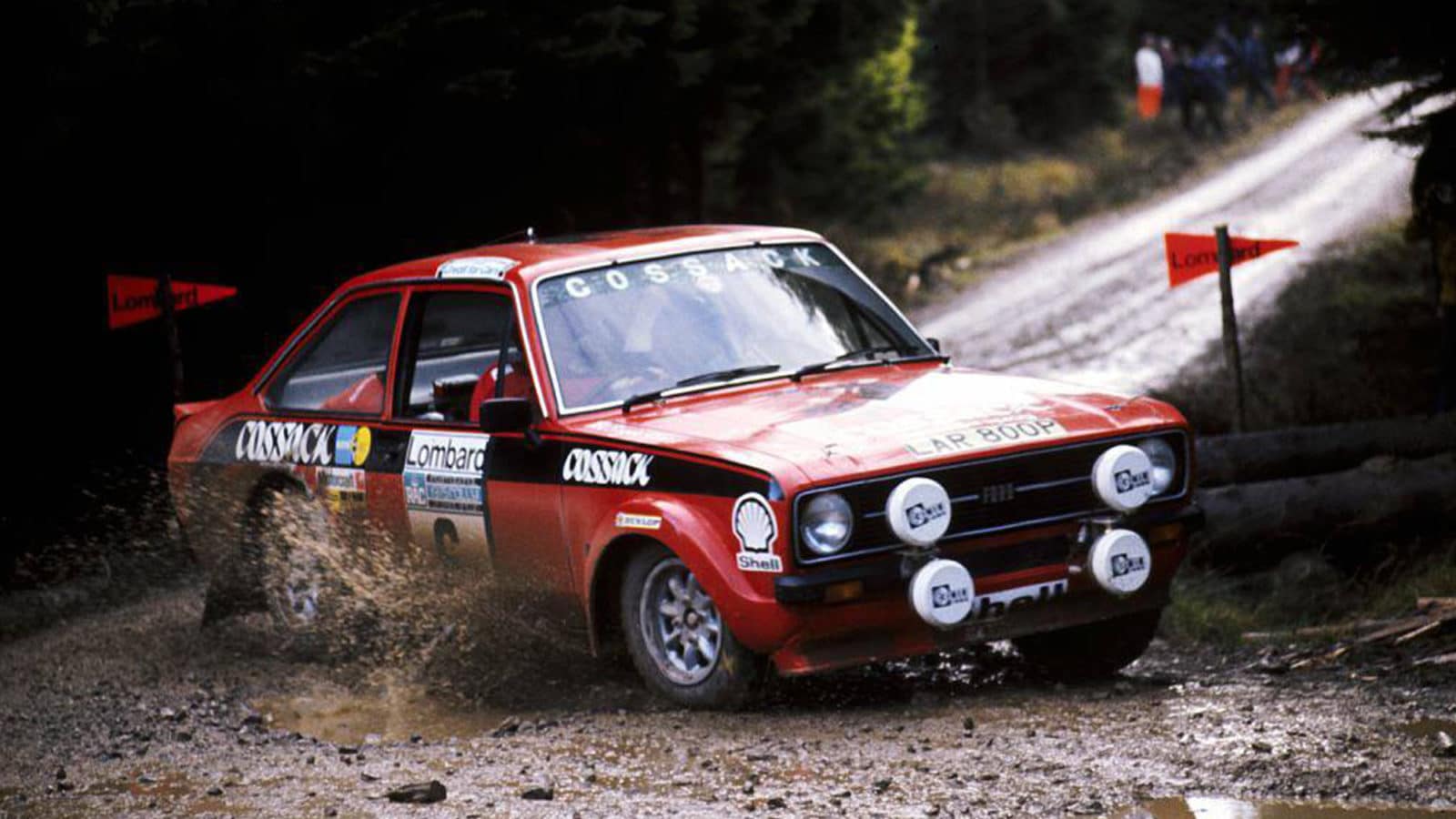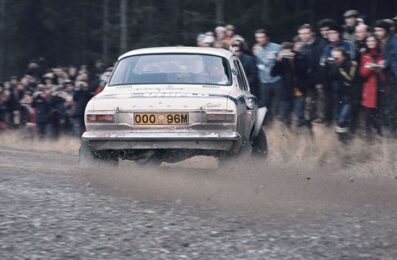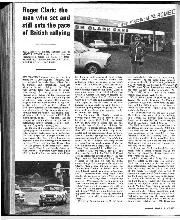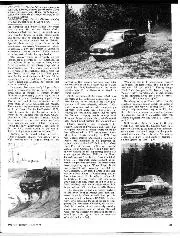The interaction between Roger and Vic was fascinating, though on one occasion I suffered as a result. It was in Ireland, where one could not recce the stages – unless you happened to find out where they were. With a day to go, some of the Ulster stages were ‘discovered’ by the team and Roger and Vic sent out to make the pace notes. On the Torr Head stage, there is a phenomenal brow that the road goes straight over, so Roger said `Crest, straight’ and Vic wrote it down. I have already described Vic’s driving as ‘committed’ so when I read this back to him on the rally, we briefly joined Pan-Am. The landing, some 40 yards down the hill, was heavy enough to end our rally. But for Roger, in whom the spirit of improvisation burned perhaps more strongly, the brow was taken slightly sideways and the jump was nowhere near so severe.
The Lotus Cortina gave Roger good results in ’66 and ’67 but it was not until the Escort Twin Cam arrived in 1968 that Roger found the machine that made him the phenomenon of the rally world. I was back with Ford, now with Ove Andersson, and I remember a prototype test at Boreham. Where the Cortina had been a progressive machine that danced like Margot Fonteyn, the Escort was more in the Elvis Presley tradition and could roll its hips quicker than a go-go dancer.
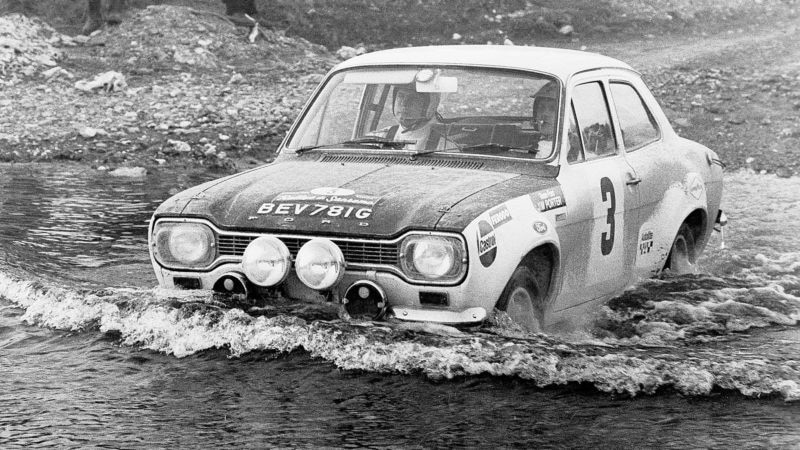
Clark’s twin-cam Escort fords a river in 1969 San Remo Rally
Ford
Ove was sufficiently impressed by Roger’s performance that they did the first London to Sydney together in a Lotus Cortina Mk II. Ove recalls, “From my point of view, he was a very precise driver, not hard on the car. He knew where he wanted the car to go and he got it there. Roger was one of the few drivers that I have been with in a car who didn’t scare me.”
Ove and Roger were the cutting edge of Ford’s 1968 Escort team and naturally we saw a lot of one another. Roger always seemed to have the fates on his side. On the Acropolis Rally, we both had alternators go. Ours went as we checked out of the control going away from service, Roger’s went just as he approached service. Anyway, he usually got the better of us, winning as he pleased in the Escort. But with Roger, you never minded his beating you. Ove again: “As a competitor, he was one of the good guys. You were friendly, you had a ball, but when you got in the rally cars, then you were competitors. Roger never went in for that gamesmanship stuff. He had total confidence in his own ability.”
